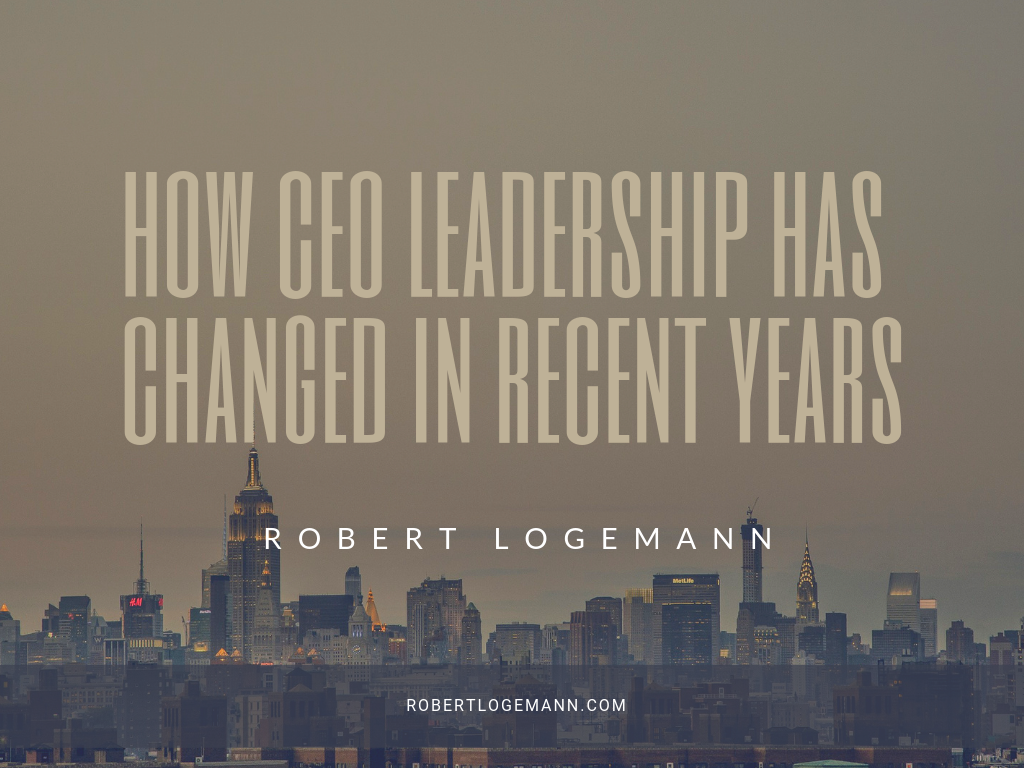The face of CEO leadership is an ever-changing one; this is no secret to established leaders, but it is a consistently relevant point as leadership generally morphs to keep pace with a rapidly changing workplace. In the past, the position was more of an end-all and be-all of corporate power, with many CEOs following a “one size fits all” approach, but today’s leaders have generally shifted towards the uncorporation, or “a company where the culture celebrates and nurtures individualism whilst continuing to meet hard and demanding targets;” this has ultimately made them more accountable and versatile than their predecessors.
There are a variety of trends to consider as CEO leadership continues its evolution in 2019 and beyond, but let’s take a quick look back at how the role has changed (and is still changing) to this point.
A shift to “digital leadership”
Unsurprisingly, the dizzying pace of technological advancement has had a noticeable effect on CEO leadership, and this has given way to increased need for “digital leaders –” those willing to embrace new technological paradigms and quickly utilize them for the company’s greater good. In fact, according to Forbes, companies helmed by digitally savvy leaders were found to outperform their competitors by more than 50 percent.
Increased mobility
With many workplaces now incorporating remote opportunities, and with the world as a whole shifting to a predominantly mobile-first approach, modern CEOs have grown to become more nomadic — whether this means shifting between multiple satellite offices or taking important calls and meetings via advanced mobile technology. Part of this change is owed to a growing ambition to be in more places in a given work week.
Multifaceted leadership
While past leadership values may have conformed to a more “do-it-yourself” approach, today’s leaders are becoming more accepting of a multifaceted internal leadership approach. This structure, in turn, fosters a more cohesive work environment and promotes continuous learning via crowdsourcing and collaborative strategizing.
Harnessing data
Perhaps one of the biggest and most divisive topics in the modern workplace discussion, data analytics represent both a major opportunity for internal fluidity and a steep learning curve for those seasoned in traditional forms of leadership. Today’s leaders, while not necessarily forced or expected to do so at this point, are generally investing more in data driven insights as their benefits become increasingly recognized. Still, others have questioned the accuracy of predictive analytics in lieu of historic data, a talking point that has been more than evident in recent years, and will likely gained added clarity in the foreseeable future.
Of course, these fields represent just a few ways the CEO position has recently changed. Broadly speaking, the role has grown into an effective blend of increased ambition and internal consideration, a reimagined approach to existing processes, and most importantly the self-awareness required to maintain what works while welcoming in what is new.




